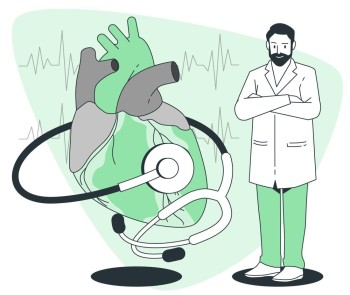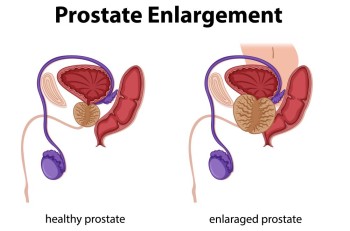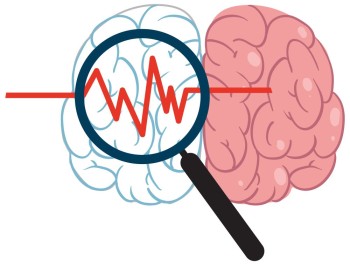
In the realm of medical imaging, MRI stands out as a crucial tool for exploring the intricate details of the perianal region.
MRI Perianal
Region with Cost
MRI Perianal
Region Imaging: Navigating Precise Diagnostics
In the realm of medical imaging, MRI stands out as a crucial tool for exploring the intricate details of the perianal region. This comprehensive article delves into the significance of MRI in perianal imaging, covering the procedure, advantages, common diagnoses, and the future landscape of this transformative diagnostic approach.
1. Introduction
The perianal region, encompassing the area around the anus, holds essential diagnostic clues for various medical conditions. MRI (Magnetic Resonance Imaging) emerges as a cornerstone in perianal diagnostics, providing detailed insights without invasive procedures.
2. Significance of MRI in Perianal Region Imaging
2.1. Overview of Perianal Anatomy
Understanding the intricate anatomy of the perianal region is crucial for accurate diagnostics. MRI's ability to capture high-resolution images aids in visualizing the complex structures, including the anal canal, perianal skin, and surrounding tissues.
2.2. Conditions Affecting the Perianal Region
Numerous conditions can impact the perianal region, ranging from inflammatory bowel diseases to anal fistulas. MRI proves instrumental in identifying and evaluating these conditions, guiding clinicians toward precise diagnoses.
3. Procedure of MRI Perianal Region
3.1. Patient Preparation
Patients undergoing MRI for the perianal region need to adhere to specific preparation guidelines, which may include dietary restrictions and the removal of metallic objects.
3.2. Imaging Process
The imaging process involves the patient lying down in the MRI machine, where detailed images of the perianal region are captured. Different MRI sequences may be employed for a comprehensive evaluation.
3.3. Types of MRI Sequences Used
Various MRI sequences, such as T1-weighted and T2-weighted imaging, enhance the visualization of specific structures within the perianal region, aiding in the diagnosis of different conditions.
4. Advantages of MRI in Perianal Imaging
4.1. High Soft Tissue Resolution
MRI's superior soft tissue resolution is particularly advantageous in perianal imaging, allowing for detailed visualization of structures that may be challenging with other imaging modalities.
4.2. Comprehensive Evaluation
The ability to comprehensively evaluate the perianal region sets MRI apart, providing a holistic view of anatomical structures and pathological changes.
4.3. Non-Invasiveness
Unlike some diagnostic procedures, MRI for the perianal region is non-invasive, ensuring patient comfort while delivering precise diagnostic information.
5. Common Conditions Diagnosed by MRI Perianal Imaging
5.1. Anal Fistulas
MRI plays a pivotal role in identifying and characterizing anal fistulas, providing essential information for treatment planning.
5.2. Perianal Abscesses
Perianal abscesses, a common condition, can be accurately diagnosed and localized through MRI imaging, aiding in prompt intervention.
5.3. Crohn's Disease
In patients with Crohn's disease, MRI offers detailed insights into the extent of inflammation and complications affecting the perianal region.
6. Preparing for MRI Perianal Imaging
6.1. Dietary Restrictions
Patients may be required to follow specific dietary restrictions before undergoing MRI for the perianal region to optimize imaging quality.
6.2. Communicating with Healthcare Providers
Clear communication with healthcare providers regarding existing health conditions, medications, and concerns is essential for a seamless imaging experience.
7. Post-Procedure Care and Follow-up
7.1. Recovery Time
Recovery after MRI for the perianal region is typically swift, allowing patients to resume normal activities shortly after the procedure.
7.2. Discussion of Results
Healthcare providers discuss the results with patients, providing clarity on identified issues and outlining recommended courses of action.
8. Comparison with Other Imaging Techniques
8.1. CT Scan vs. MRI Perianal Imaging
Comparing MRI with CT scans emphasizes the superiority of MRI in perianal imaging, particularly in terms of soft tissue resolution and comprehensive evaluation.
8.2. Endoanal Ultrasound vs. MRI
While endoanal ultrasound is a valuable tool, MRI stands out for its ability to provide a broader and more detailed assessment of the perianal region.
9. Future Developments in Perianal Imaging
9.1. Emerging Technologies
Ongoing research focuses on integrating emerging technologies to enhance the capabilities of MRI in perianal imaging, promising even more precise diagnostics.
9.2. Research Focus Areas
Researchers continue to explore new avenues, including contrast agents and advanced imaging sequences, to further refine perianal MRI technology.
10. Real-Life Patient Experiences
10.1. Testimonials and Case Studies
Real-life patient experiences underscore the effectiveness of MRI in perianal imaging, showcasing its impact on timely diagnoses and personalized treatment plans.
10.2. Impact on Treatment Plans
The information gathered from MRI perianal imaging significantly influences treatment approaches, allowing healthcare providers to tailor interventions based on precise diagnostic findings.
11. Conclusion
MRI for the perianal region emerges as a pivotal diagnostic tool, offering unparalleled insights into the complexities of this anatomical area. Its non-invasive nature, high-resolution imaging, and versatility in detecting various conditions position it as an invaluable asset in modern healthcare.
(0)
Login to continue



